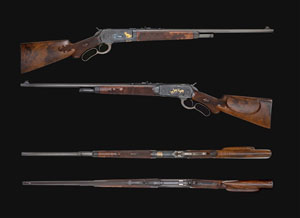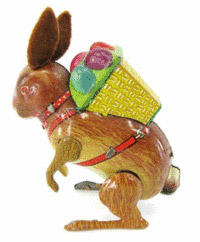
CHICAGO – More than 850 lots of fine estate property will be auctioned at Susanin’s on Saturday, April 18, beginning at 10AM Central.
Featuring furniture from the 18th, 19th and 20th centuries, the sale boasts a huge selection of top-quality items. Other categories well represented include decorative arts, fine silver, paintings, prints, sculpture, Asian art, rugs and carpets.
The sale represents the combination of several fine Chicago estates, with lots selected by Susanin’s staff to provide the most complementary presentation possible.




